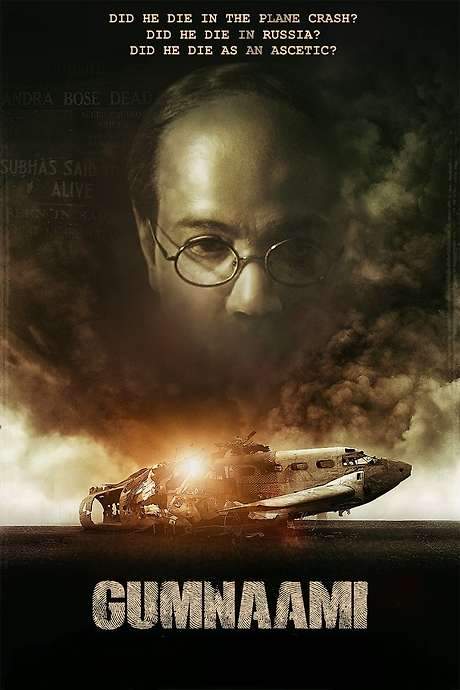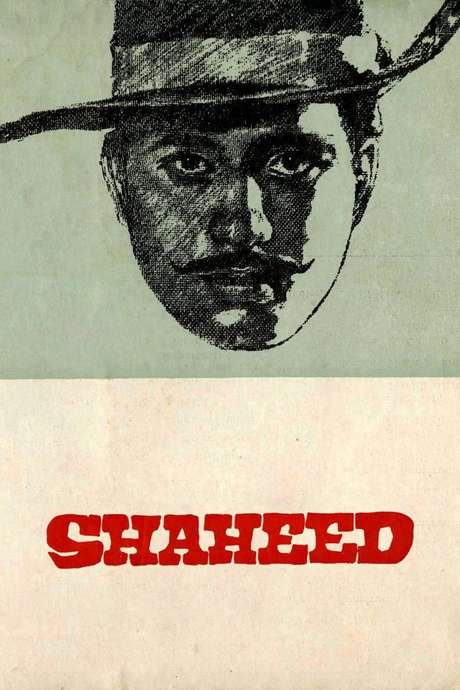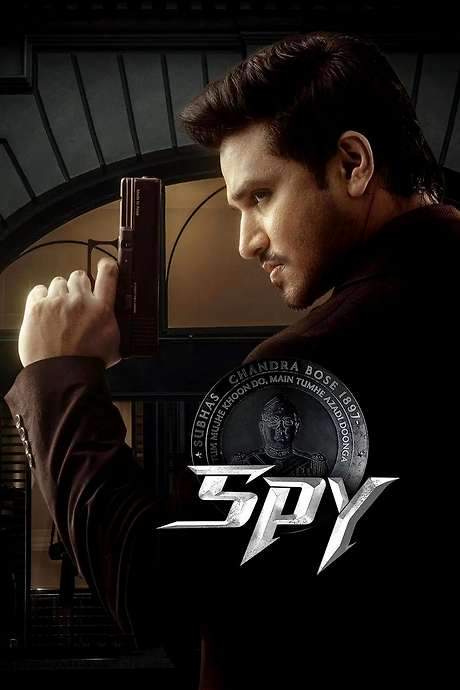
Netaji Subhas Chandra Bose: The Forgotten Hero
Year: 2005
Runtime: 222 mins
Language: Hindi
Director: Shyam Benegal
Directed by Shyam Benegal, this 2005 biographical drama stars Sachin Khedekar, Kulbhushan Kharbanda, Rajit Kapur, Arif Zakaria and Divya Dutta. It chronicles the final five years of Indian nationalist Netaji Subhas Chandra Bose, from his resignation as INC president, his trek across Afghanistan into Europe, his liaison with a German secretary, meetings with Adolf Hitler, and his drive to recruit Indian POWs of the Punjab Regiment to fight the British, punctuated by stirring patriotic speeches.
Warning: spoilers below!
Haven’t seen Netaji Subhas Chandra Bose: The Forgotten Hero yet? This summary contains major spoilers. Bookmark the page, watch the movie, and come back for the full breakdown. If you're ready, scroll on and relive the story!
Timeline – Netaji Subhas Chandra Bose: The Forgotten Hero (2005)
Trace every key event in Netaji Subhas Chandra Bose: The Forgotten Hero (2005) with our detailed, chronological timeline. Perfect for unpacking nonlinear stories, spotting hidden connections, and understanding how each scene builds toward the film’s climax. Whether you're revisiting or decoding for the first time, this timeline gives you the full picture.
Last Updated: October 09, 2025 at 16:30
Unlock the Full Story of Netaji Subhas Chandra Bose: The Forgotten Hero
Don't stop at just watching — explore Netaji Subhas Chandra Bose: The Forgotten Hero in full detail. From the complete plot summary and scene-by-scene timeline to character breakdowns, thematic analysis, and a deep dive into the ending — every page helps you truly understand what Netaji Subhas Chandra Bose: The Forgotten Hero is all about. Plus, discover what's next after the movie.
Netaji Subhas Chandra Bose: The Forgotten Hero Summary
Read a complete plot summary of Netaji Subhas Chandra Bose: The Forgotten Hero, including all key story points, character arcs, and turning points. This in-depth recap is ideal for understanding the narrative structure or reviewing what happened in the movie.

Characters, Settings & Themes in Netaji Subhas Chandra Bose: The Forgotten Hero
Discover the characters, locations, and core themes that shape Netaji Subhas Chandra Bose: The Forgotten Hero. Get insights into symbolic elements, setting significance, and deeper narrative meaning — ideal for thematic analysis and movie breakdowns.

Netaji Subhas Chandra Bose: The Forgotten Hero Spoiler-Free Summary
Get a quick, spoiler-free overview of Netaji Subhas Chandra Bose: The Forgotten Hero that covers the main plot points and key details without revealing any major twists or spoilers. Perfect for those who want to know what to expect before diving in.

More About Netaji Subhas Chandra Bose: The Forgotten Hero
Visit What's After the Movie to explore more about Netaji Subhas Chandra Bose: The Forgotten Hero: box office results, cast and crew info, production details, post-credit scenes, and external links — all in one place for movie fans and researchers.

Similar Movies to Netaji Subhas Chandra Bose: The Forgotten Hero
Discover movies like Netaji Subhas Chandra Bose: The Forgotten Hero that share similar genres, themes, and storytelling elements. Whether you’re drawn to the atmosphere, character arcs, or plot structure, these curated recommendations will help you explore more films you’ll love.
Explore More About Movie Netaji Subhas Chandra Bose: The Forgotten Hero
Netaji Subhas Chandra Bose: The Forgotten Hero (2005) Plot Summary & Movie Recap
Netaji Subhas Chandra Bose: The Forgotten Hero (2005) Scene-by-Scene Movie Timeline
Netaji Subhas Chandra Bose: The Forgotten Hero (2005) Spoiler-Free Summary & Key Flow
Movies Like Netaji Subhas Chandra Bose: The Forgotten Hero – Similar Titles You’ll Enjoy
Gandhi (1983) Film Overview & Timeline
A Forgotten Man (2024) Film Overview & Timeline
Bose: Dead/Alive (1000) Movie Recap & Themes
The Legend of Bhagat Singh (2002) Plot Summary & Ending Explained
Subedar Joginder Singh (2018) Full Movie Breakdown
Gumnaami (2019) Plot Summary & Ending Explained
The Hero: Love Story of a Spy (2003) Film Overview & Timeline
Subash Chandra Bose (2005) Detailed Story Recap
Deewaar: Let’s Bring Our Heroes Home (2004) Story Summary & Characters
The Forgotten Army (1000) Plot Summary & Ending Explained
1945 (2022) Spoiler-Packed Plot Recap
Shershaah (2021) Detailed Story Recap
Shaheed (1965) Full Summary & Key Details
Heroes (2008) Full Summary & Key Details
Spy (2023) Spoiler-Packed Plot Recap















